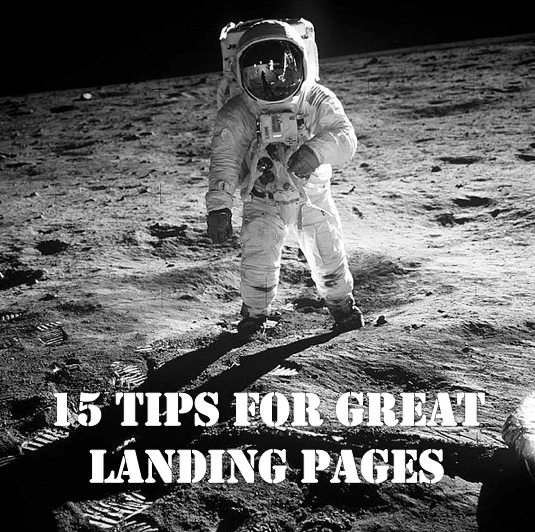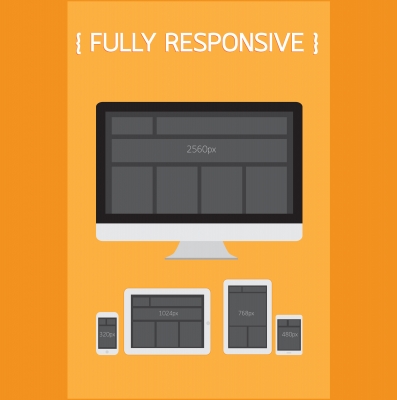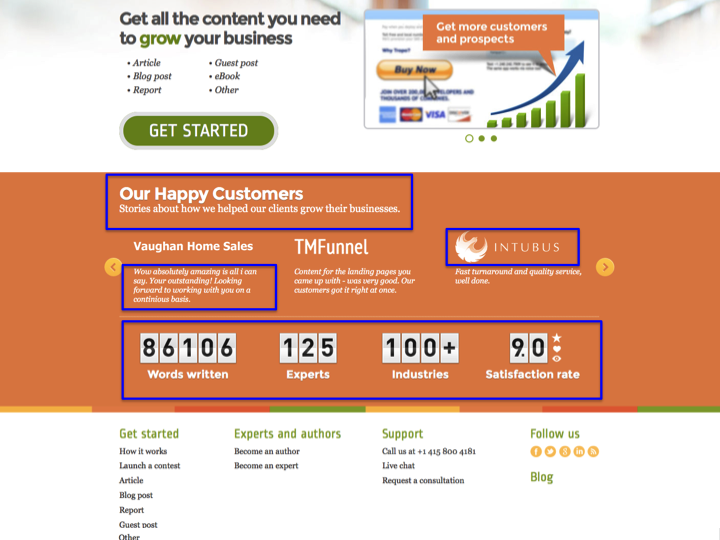15 Tips to Create Damn Effective Landing Pages

Do your landing pages successfully convert visitors into subscribers, buyers, or leads?
If they convert fairly well, implementing a few tips can help you squeeze even more benefits from them. But if they don’t do a good job of guiding visitors into your sales funnel, it’s time for some serious conversion rate optimization.
To help you get started creating landing pages that work, we’ve collected the top 15 tips from conversion experts around the web. The more of them you can use in a single landing page, the better your conversion rate will be.
1. Align your offer with your audience
The most important element of conversion rate optimization is alignment. Your product or offer must match your prospects’ needs as closely as possible. If your audience doesn’t want or need your offer, or if it doesn’t truly solve their problems, then the conversion rate of that offer’s landing page will always be dismally low.
2. Align your ad copy with your headline
If the ad and the landing page headline don’t match, visitors get confused and bounce immediately. The ad copy and the headline should be exactly the same or at least very similar to avoid confusion. This creates a smoother transition for the visitor, lowers your bounce rate, and improves your AdWords Quality Score
3. Write a compelling headline
The headline of your blog landing page is the first thing visitors see, so making it as powerful and compelling as possible usually makes the biggest difference in your conversion rate. And when your headline and ad copy are exactly the same, a compelling headline helps you get more traffic in the first place, too.
4. Give prospects enough information
Too much copy can scare visitors away, while not enough won’t convince them to act. How much information to include on a blog landing page depends on the complexity of your offer and what you want visitors to do. Complex products and large purchases generally require more information to reassure prospects and overcome anxiety. Small purchases, simple products, and anything free need much less information because there’s much less consumer anxiety to overcome.
5. Appeal to emotions
Emotions spice up your landing page copy and improve conversion rate by capturing visitors’ interest and helping them relate to you, your offer, and other customers. And copy that uses emotions is much more interesting to read than a bland, boring sales page.
6. Craft a persuasive call to action
Your call-to-action is generally considered the second biggest opportunity to improve conversion rate, after the headline. Keep it short; 5-7 words is highly effective in most cases. When possible, use verbs that indicate value, such as “Get my free report” or “Create my account,” instead of verbs that indicate what the prospect has to do, such as “Submit.”
7. Address specific customer anxieties
Answering questions and calming concerns before a prospect has time to worry about them is one thing that makes a good landing page great. Reassuring visitors alleviates worry and builds trust, making them more likely to convert.
8. Communicate value
If your offer is well aligned with your audience, it will inherently have a lot of value for them. The landing page copy must convey that value so visitors see how it helps them. Value creates desire, which leads to more conversions. A good example of communicating value is HubSpot’s blog landing page for their ebook, An Introductory Guide to Building Landing Pages. The copy is short, but the bullet points effectively show the value of downloading the ebook.
9. Ask for the minimum amount of information
The longer the registration form is, the lower your conversion rate will be. While it’s nice to collect extra information, if all you really need is an email address, that’s all you should ask for to keep your conversions high.
10. Start with a blank page
A good landing page has no navigation, extraneous links, or other distractions because the goal is for a visitor to convert or leave. If you give visitors other options besides fulfilling the call-to-action, your conversion rate for that page will drop.

11. Use responsive design to appeal to customers on any device
If visitors can’t easily see or use your blog landing page on their phone or tablet, they won’t convert. A landing page that doesn’t respond to the device of the visitor costs you leads and sales. When you invest in good design, make sure you use responsive design that looks good on any device.
12. Invest in good design
Creating landing pages is equal parts copywriting and design. Colors, font type and size, whitespace, and other design elements play a huge role in capturing interest and guiding visitors’ eyes to the call-to-action. The proximity of anxiety stressors and their solutions (such as security badges near the payment section of the form) also boost conversions.
13. Use images that direct the visitor’s eye to the CTA
It is well-documented that images of people looking toward the call-to-action boost conversion rates. Images and photos that point out or draw attention to the CTA send a subliminal message and help guide the visitor’s eye to the most important thing on the whole page.
14. Add trust elements
Before visitors will click on your landing page’s call-to-action, they have to trust you. That’s why good landing pages include a variety of trust-builders and social proof elements, including:
- testimonials and reviews
- customer success stories
- number of social shares
- number of subscribers
- client logos
- third-party certifications
- security badges

15. Test, test, test!
The best trick to creating landing pages that convert is to test them over and over. A/B tests, or split tests, show you how one change (such as a different headline) affects your conversion rate. Multivariate tests let you make several changes so you can see how well one combination performs over another. Testing your blog landing pages gives you hard proof of what works and what doesn’t, so you refine and polish until your landing pages work as hard for you as they possibly can.
More Landing Page Tips
The web is full of great landing page and conversion optimization resources. Here are a few good ones to check out:
- 10 Expert Tips for Increasing Landing Page Conversions from Online Marketing Institute
- 10 Dangerous Threats to Your Landing Page Conversion Rate from Unbounce
- 5 Landing Page Tips to Boost Your Conversion Rate from Search Engine Land
What tips and tricks have helped you improve your conversion rate? We’d love to hear your thoughts in the comments!

Comments (0)